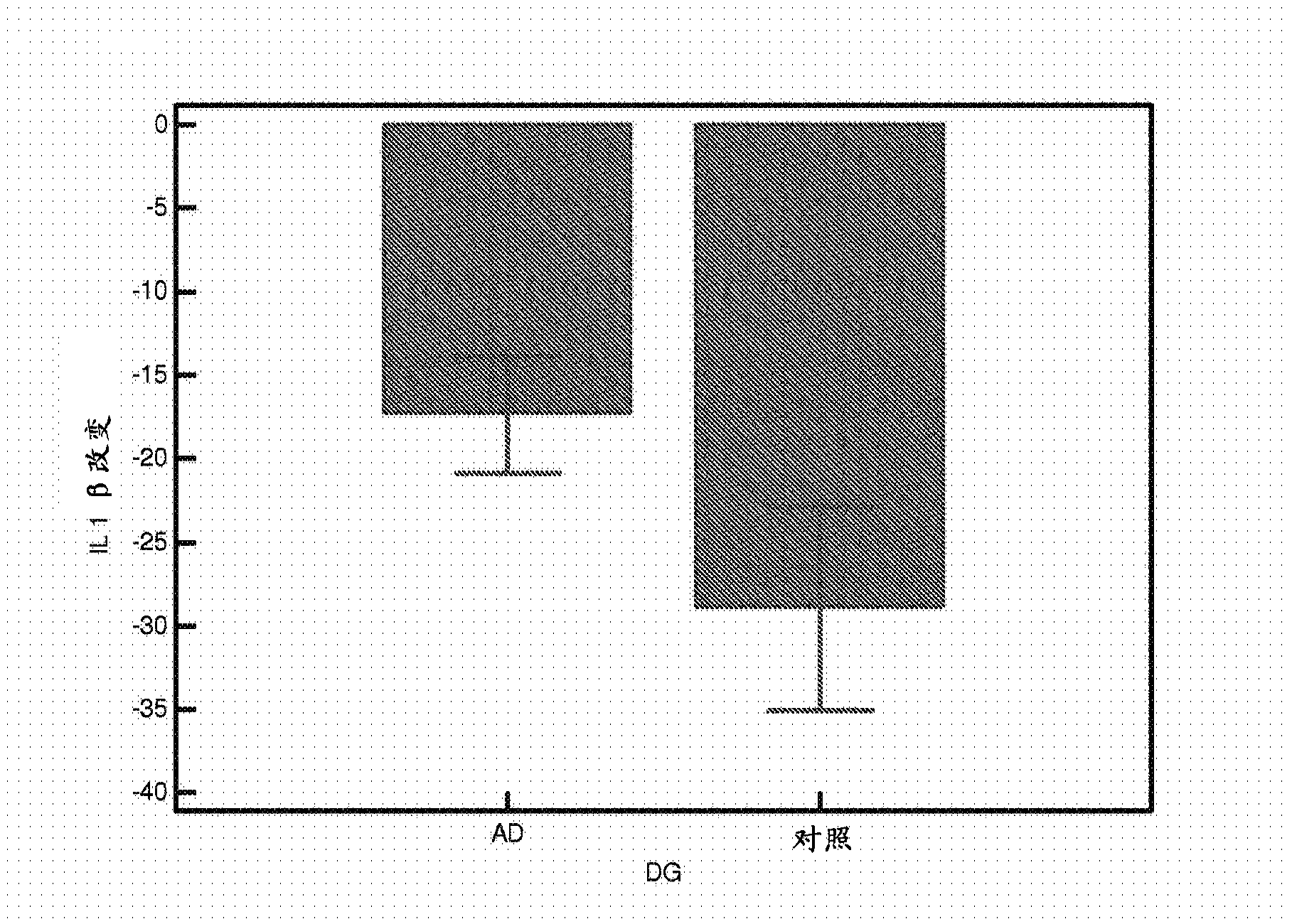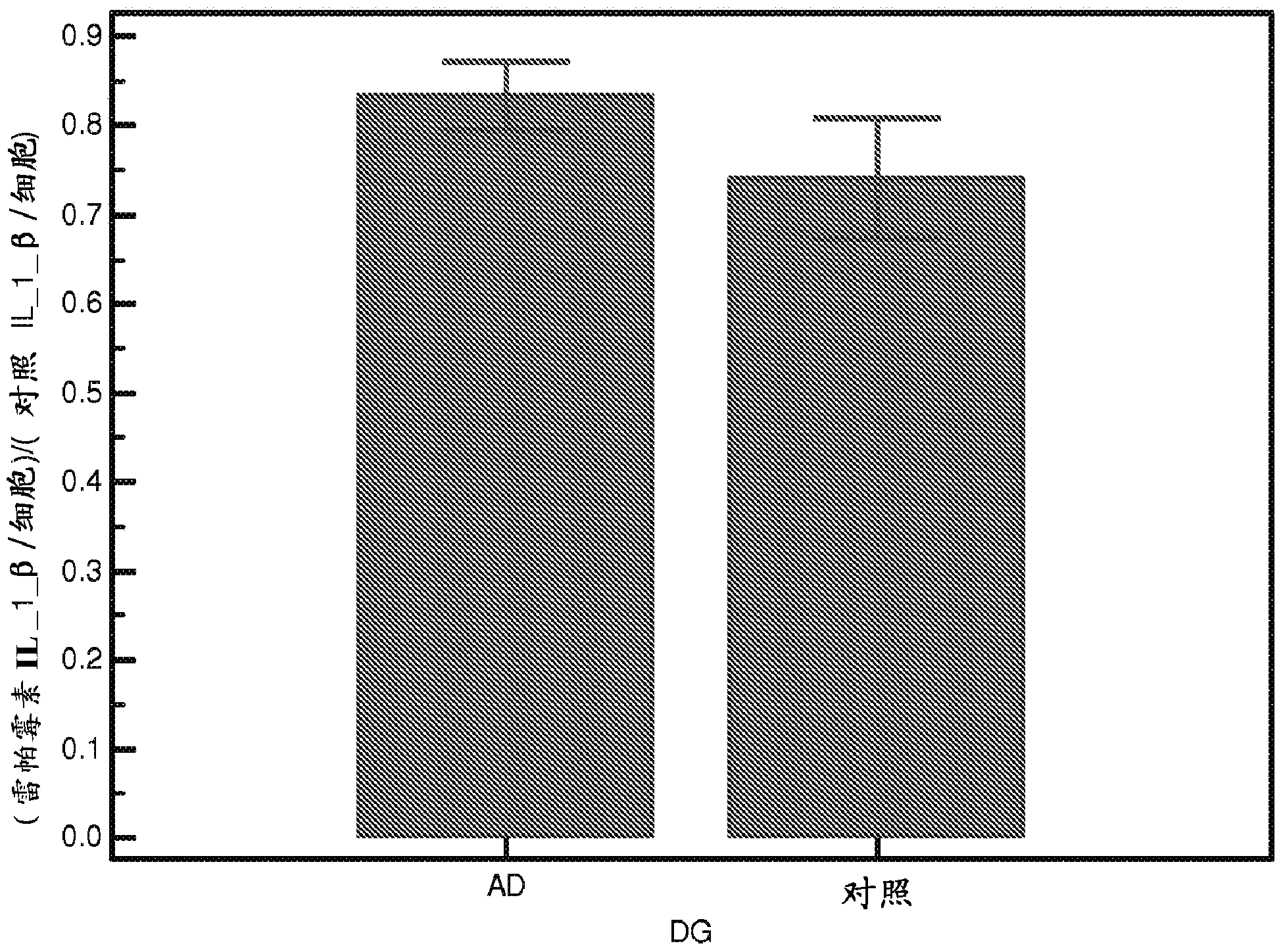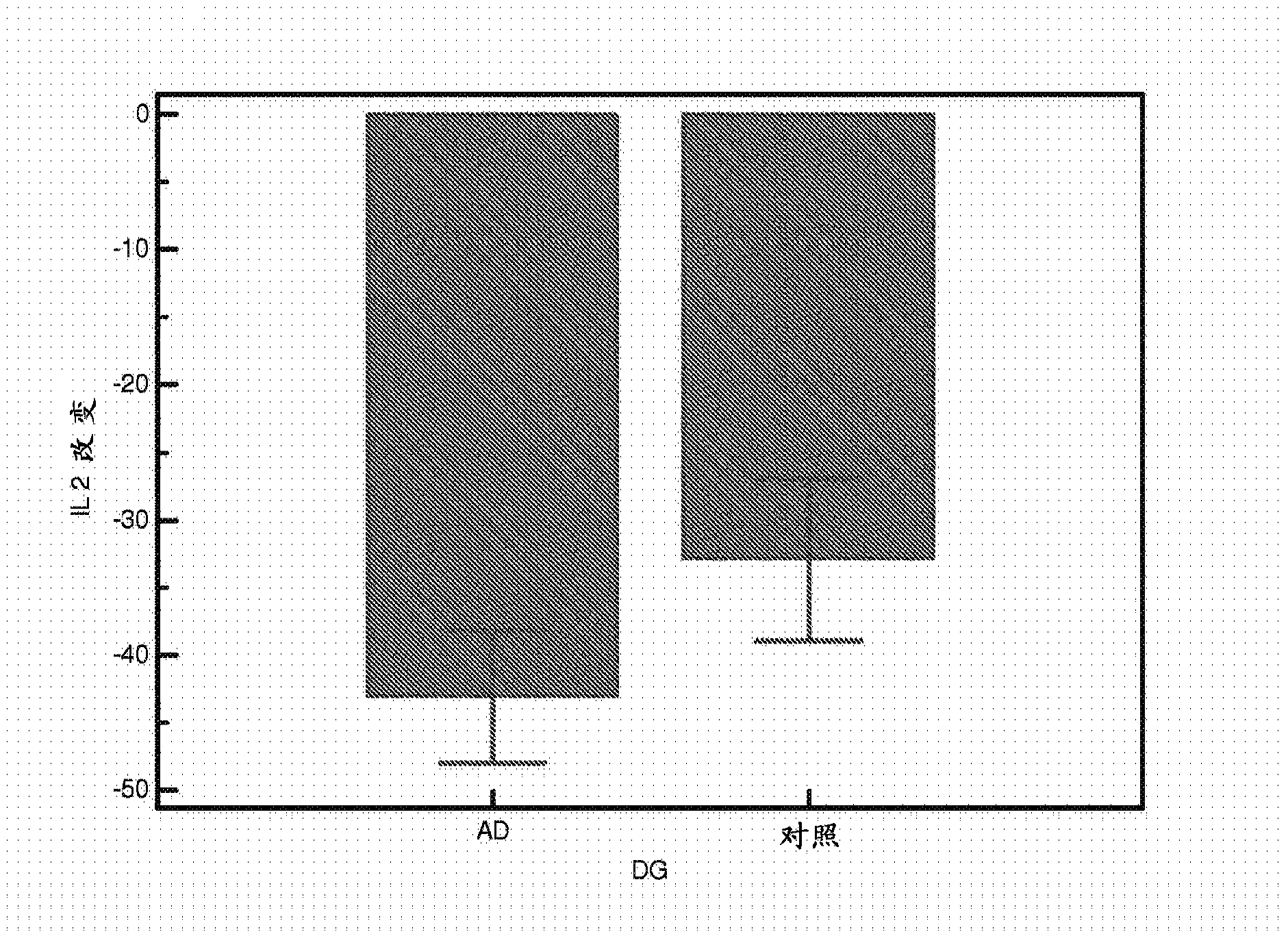Diagnosis of alzheimer's disease
A technology for assisting diagnosis of Alzheimer's disease, applied in the direction of disease diagnosis, microbial measurement/testing, biochemical equipment and methods, etc., can solve the problem that neurons cannot start to redifferentiate
- Summary
- Abstract
- Description
- Claims
- Application Information
AI Technical Summary
Problems solved by technology
Method used
Image
Examples
Embodiment 1
[0137] Example 1 Gene Expression Microarray Analysis of Lymphocytes Treated with Rapamycin
[0138] Genes differentially expressed in rapamycin-treated lymphocytes compared to untreated lymphocytes were identified using two-color-based microarray gene expression analysis (Agilent Technologies). The microarray used is Agilent Human Genome Microarray (Whole Human Genome Microarray): 4x44K.
[0139] 1.1 Lymphocyte cultures with and without rapamycin
[0140] Two parallel lymphoid cultures were established in RPMI medium supplemented with 10% FCS at a concentration of 1x10 6 cells. Phytohemagglutinin (PHA) was added to the culture to a final concentration of 22 μg / ml to activate lymphocytes. at 5% CO 2 The cultures were incubated at 37°C for 48 hours in a humidified environment. After 48 hours of incubation, one culture was treated with 100 ng / ml rapamycin, while the other untreated culture served as a control. After 24 hours, the cells of each lymphocyte culture system were...
Embodiment 2
[0172] Example 2 Analysis of the expression of rapamycin-sensitive genes in lymphocytes isolated from human subjects
[0173] Lymphocytes were isolated for testing from venous blood samples of human subjects. Venous blood samples were obtained from patients and placed in heparinized vacutainer tubes and sent to the laboratory at room temperature within 48 hours. Lymphocytes are isolated from blood using Lymphoprep, Histopaque, Ficoll or equivalent standard reagents according to standard procedures.
[0174] Alternatively, collect venous blood directly into a BD containing sodium heparin CpT TM In the cell preparation tube, immediately isolate the lymphocytes using one of the techniques described above. A sample of lymphocytes is then sent to a laboratory for analysis.
[0175] For each lymphocyte sample obtained from a human subject, two parallel lymphocyte culture systems were established in RPMI medium supplemented with 10% FCS at a concentration of 1 × 10 6 cells. Ph...
Embodiment 3
[0177] Example 3 Differences in gene expression in response to rapamycin measured in Alzheimer's disease patients.
[0178] 3.1 Blood collection and lymphocyte separation
[0179] Peripheral blood samples from elderly subjects were provided by Oxford Project to Investigate Memory and Aging (OPTIMA) subjects, which obtained ethics approval, and patients were informed and informed consent was obtained. Samples presented were from Alzheimer's patients (n=24) who met the NINCDS-ARDRA criteria for probable AD or from healthy age-matched controls (n=21). Appropriate informed consent and ethics approvals were obtained before the study began.
[0180] Peripheral blood was collected in heparinized vacutainer tubes and shipped at room temperature. Lymphocyte isolation was performed within 24 hours of blood collection using an established procedure (Lymphoprep). Briefly, blood was diluted 1:1 with PBS (Ca and Mg free, Sigma). 10ml diluted blood was carefully layered on top of 4ml Lym...
PUM
 Login to View More
Login to View More Abstract
Description
Claims
Application Information
 Login to View More
Login to View More - R&D
- Intellectual Property
- Life Sciences
- Materials
- Tech Scout
- Unparalleled Data Quality
- Higher Quality Content
- 60% Fewer Hallucinations
Browse by: Latest US Patents, China's latest patents, Technical Efficacy Thesaurus, Application Domain, Technology Topic, Popular Technical Reports.
© 2025 PatSnap. All rights reserved.Legal|Privacy policy|Modern Slavery Act Transparency Statement|Sitemap|About US| Contact US: help@patsnap.com



